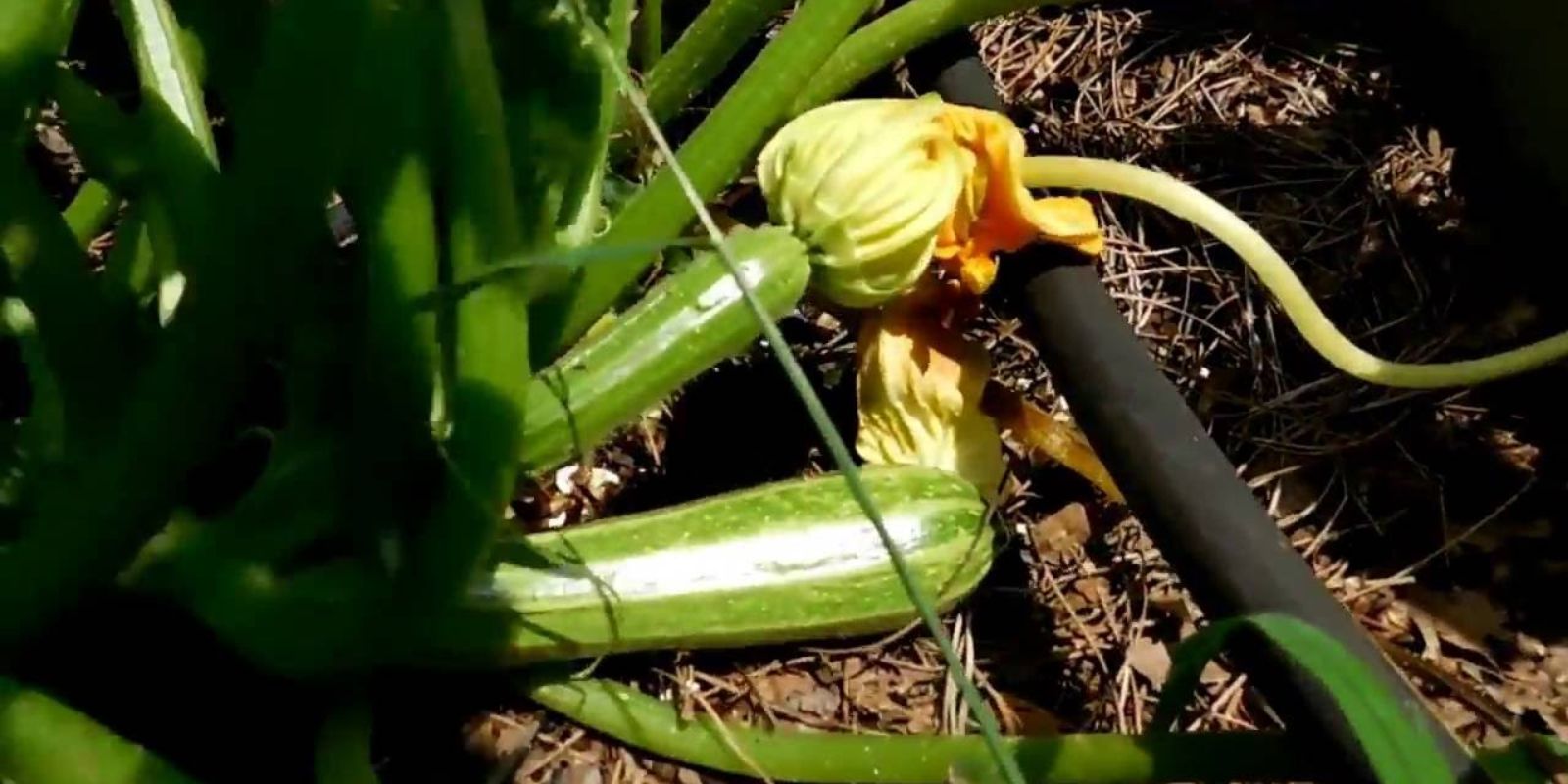Squash, whether summer or winter varieties, are a beloved staple in many gardens due to their versatility and productivity. However, encountering rotting squash can be a gardener’s nightmare, often leading to frustration and disappointment. This article explores the common causes of squash rot, provides practical steps for prevention, and offers solutions to ensure your squash plants remain healthy and productive.
Common Causes of Squash Rot
- Overwatering
Overwatering is a prevalent issue that often leads to squash rot. Excess moisture can cause the soil to become waterlogged, creating an environment conducive to root rot and fungal diseases. Overwatered plants may exhibit wilting, yellowing leaves, and, eventually, rotting fruit. - Poor Drainage
Squash plants require well-draining soil to thrive. Heavy, clayey, or compacted soils can retain excess water, leading to root rot and other fungal problems. Poor drainage around the base of the plant can also contribute to fruit rot. - Pest Damage
Pests like squash bugs, cucumber beetles, and aphids can damage the squash plant, making it susceptible to diseases that cause rotting. These pests can create wounds in the fruit and plant tissues, providing entry points for pathogens. - Fungal Infections
Fungal diseases such as powdery mildew, downy mildew, and bacterial wilt can cause squash fruit to rot. These infections often begin on leaves or stems before spreading to the fruit, leading to unsightly and unfit produce. - Improper Spacing
Crowded plants can lead to poor air circulation around the squash, which exacerbates moisture retention and increases the likelihood of fungal infections and rot. Proper spacing is crucial for healthy plant growth and disease prevention.
Steps to Prevent Squash Rot
- Regulate Watering
Consistent watering is vital, but it’s essential to avoid overwatering. Water squash plants deeply but infrequently to encourage deep root growth and prevent waterlogging. Use a soaker hose or drip irrigation to deliver water directly to the soil, reducing surface moisture. - Enhance Soil Drainage
Improve soil drainage by incorporating organic matter such as compost or well-rotted manure. These amendments help loosen heavy soils and increase water infiltration. Consider planting squash in raised beds or containers with good drainage to prevent waterlogging. - Monitor and Manage Pests
Regularly inspect your squash plants for signs of pests. Remove pests manually or use organic insecticides to control infestations. Introducing beneficial insects, such as ladybugs and lacewings, can also help keep pest populations in check. - Provide Adequate Spacing
Space squash plants according to their variety’s needs to ensure proper air circulation. Proper spacing helps reduce humidity around the plants, which can decrease the risk of fungal infections. For bush varieties, allow at least 24 inches between plants; for vining types, provide 36 inches or more. - Implement Crop Rotation
Rotate your squash crops annually to reduce the risk of soil-borne diseases. Avoid planting squash in the same location where other cucurbits (e.g., cucumbers, melons) were grown in the previous year. This practice helps break the life cycles of pathogens and pests. - Use Mulch Wisely
Mulching can help maintain soil moisture and reduce weed competition. However, be cautious with mulch placement around the base of squash plants. Ensure that mulch does not come into direct contact with the fruit, as this can trap moisture and promote rot. - Practice Good Garden Hygiene
Keep your garden free of plant debris, which can harbor pathogens and pests. Clean up fallen leaves, old fruit, and other organic matter that could contribute to disease spread. Sterilize garden tools regularly to prevent cross-contamination. - Monitor Weather Conditions
Be aware of weather conditions that may impact squash health. Excessive rain, high humidity, and fluctuating temperatures can exacerbate rot and fungal issues. If heavy rain is forecasted, consider providing temporary protection for your plants with row covers or tarps. - Harvest Promptly
Harvest squash as soon as it reaches the desired size and color. Allowing fruit to remain on the vine past maturity can increase the risk of rot, especially if the fruit is damaged or diseased. Regular harvesting also encourages continued fruit production.
Conclusion
Addressing and preventing squash rot requires a combination of careful management practices and vigilant observation. By understanding the common causes of rot and implementing these preventive steps, you can protect your squash plants and enjoy a bountiful harvest. With proper care, your garden will thrive, and your squash will remain healthy, delicious, and rot-free. Happy gardening! 🌽🍂

